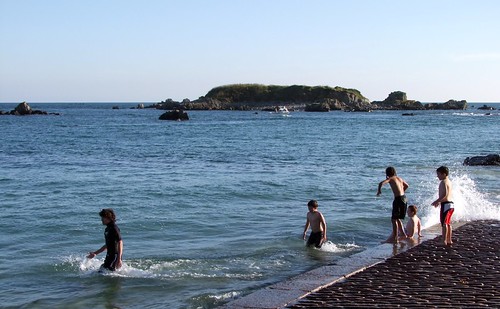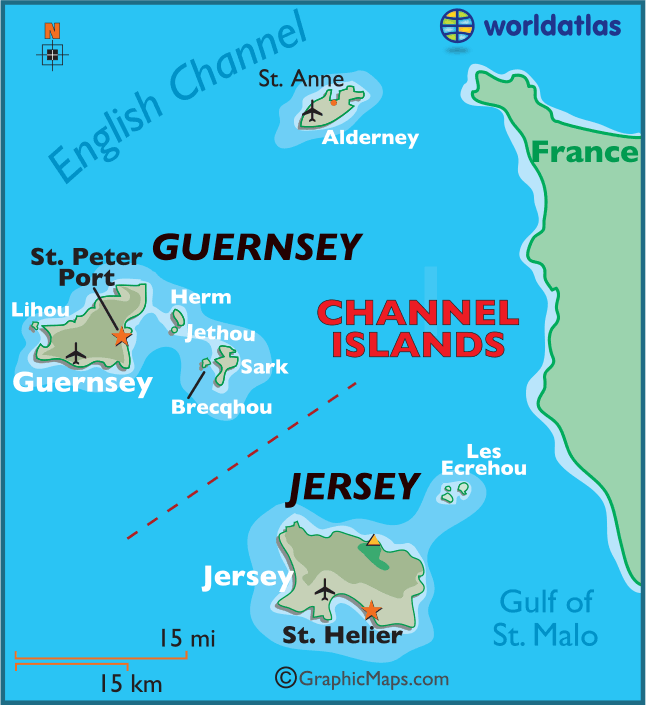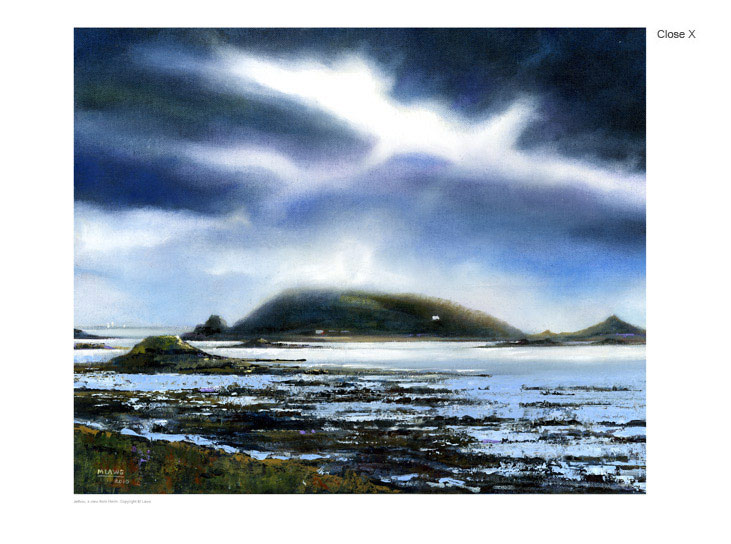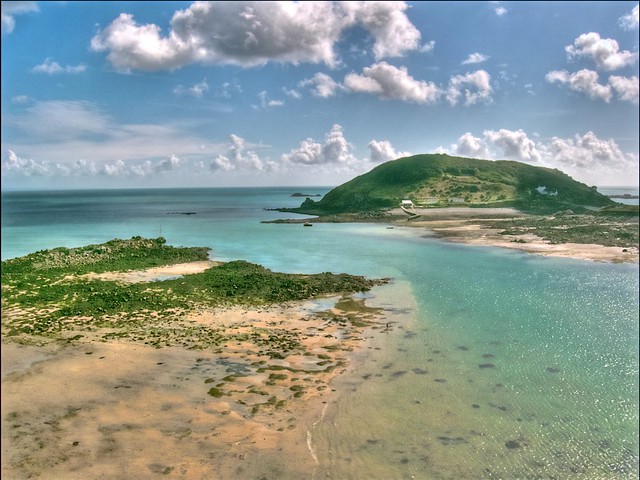We have yet to determne just why tidal islands are important but by now it can hardly be seriously contested that tidal islands are ‘positioned’ at significant navigational points around the Channel Islands and in the Western Channel generally. How they were used is not perhaps the largest question because how they can be ‘positioned’ at the necessary junctions is surely the more pressing.
To an extent – though even this is to extend our present understanding of pre-historic capabilities – it is possible to ‘think small’. It is feasible for instance to create a tidal island by cutting out a section of an existing peninsular in order to form a tidal one at the end of the spit of land. Arduous no doubt and requiring of large amounts of labour but not technically so very difficult.
But here, at La Motte, the southernmost point of Jersey, and therefore the southernmost point of the whole of the Channel Islands, we shall have finally to grasp the nettle and accept that the Megalithics lived up to their name and actually ‘built big’. There really seems little doubt that La Motte is a completely artificial island, built specifically because it was – actually to create – the most southerly point of Jersey/ the Channel Islands.

Here is Wiki's description:
The island has a grassy surface and is predominantly clay surrounded by rocks. In recent times efforts have been made to reduce erosion of the island by the construction of walls.
This appears to signal that the island was built by carrying large rocks out at low tide, covering the whole with sand and mud and then relying on (marron?) grass to bind the whole thing together. The fact that it requires State intervention now to keep it in being would appear to indicate that La Motte is of less than geological stature.
However, if there is any doubt, the term ‘motte’ actually means an artificial mound, as in the well-known phrase motte-and-bailey castle where the motte is the mound on which the castle is built. Motte is a Norman-French term so it would seem the locals were rather well versed in the technique. (Bailey is also Norman-French as in the Bailiwick of Jersey.)
But of course it is open to anyone to prefer to believe that it was nature that provided this tidal island at the very southernmost point of the Channel Islands and that the locals decided on a whim to claim that a very ordinary offshore island was in fact man-made.












